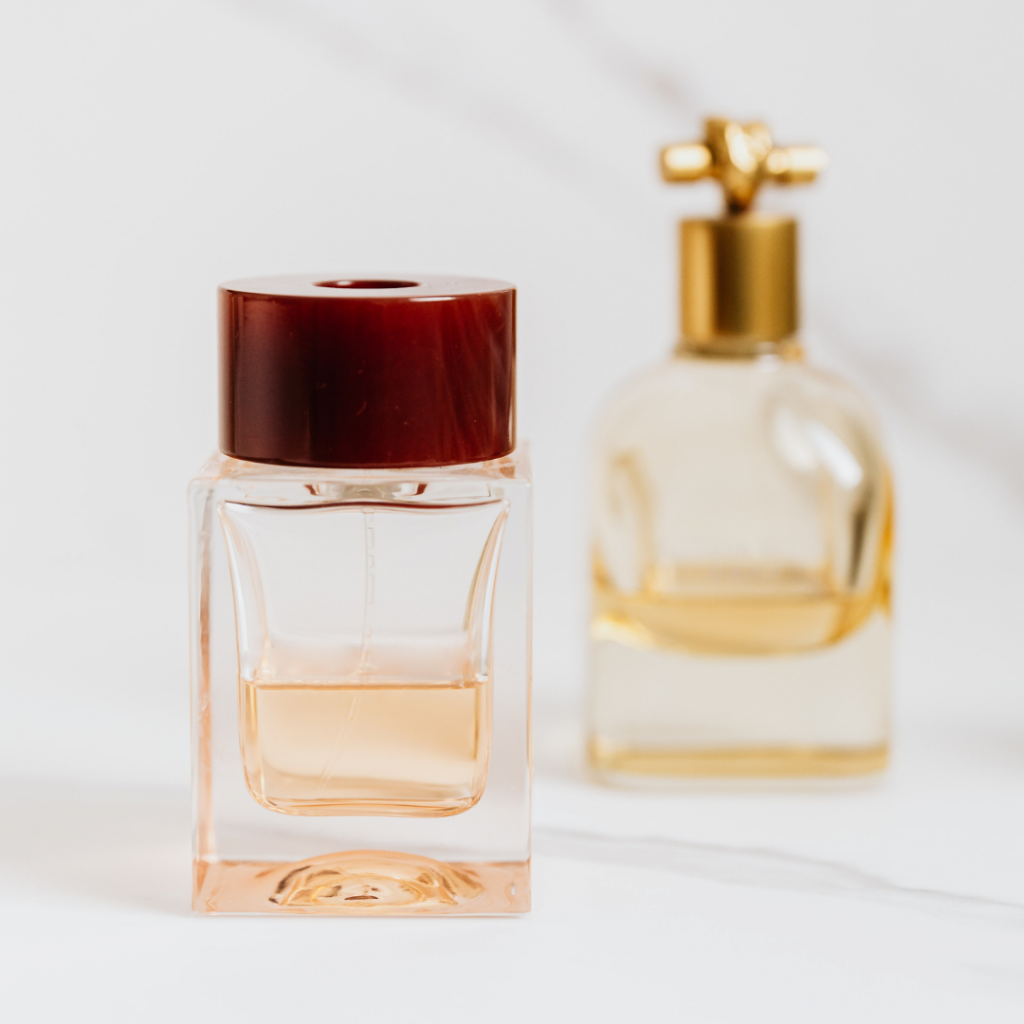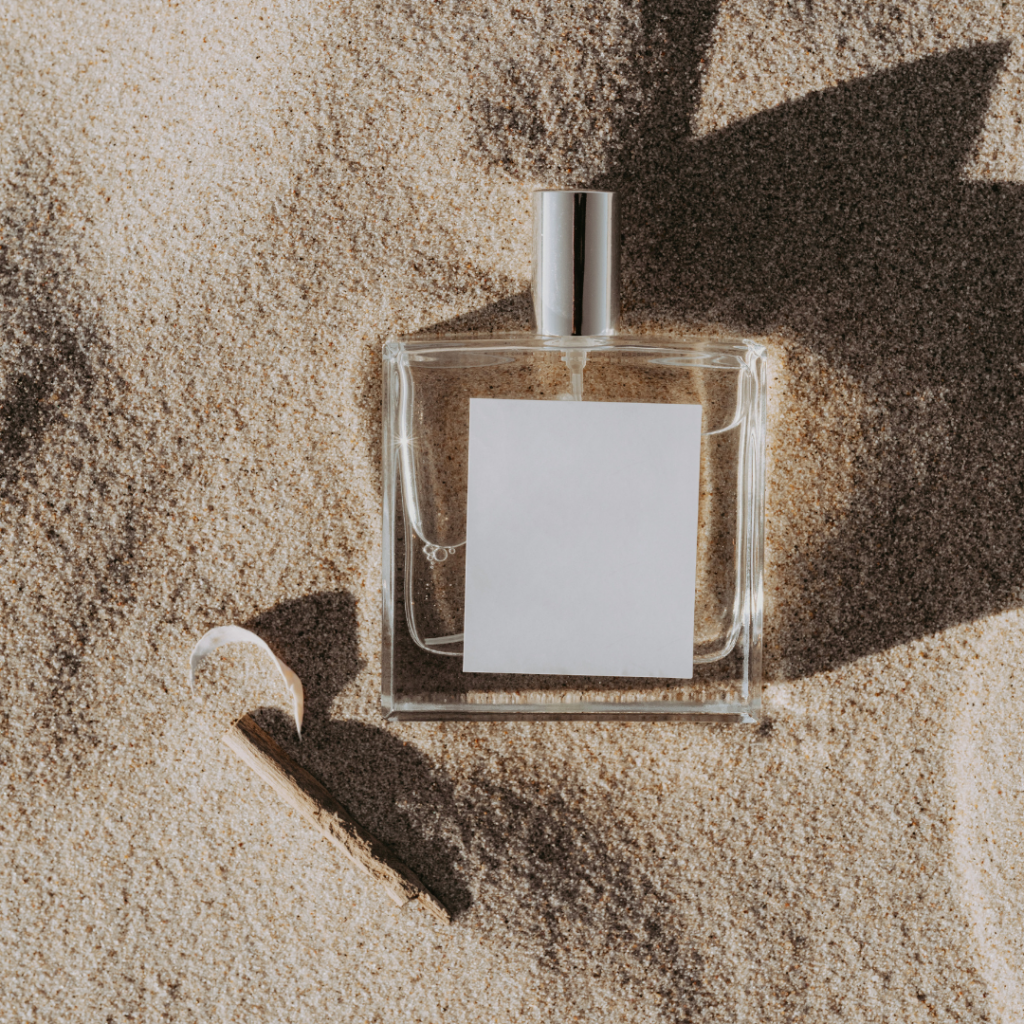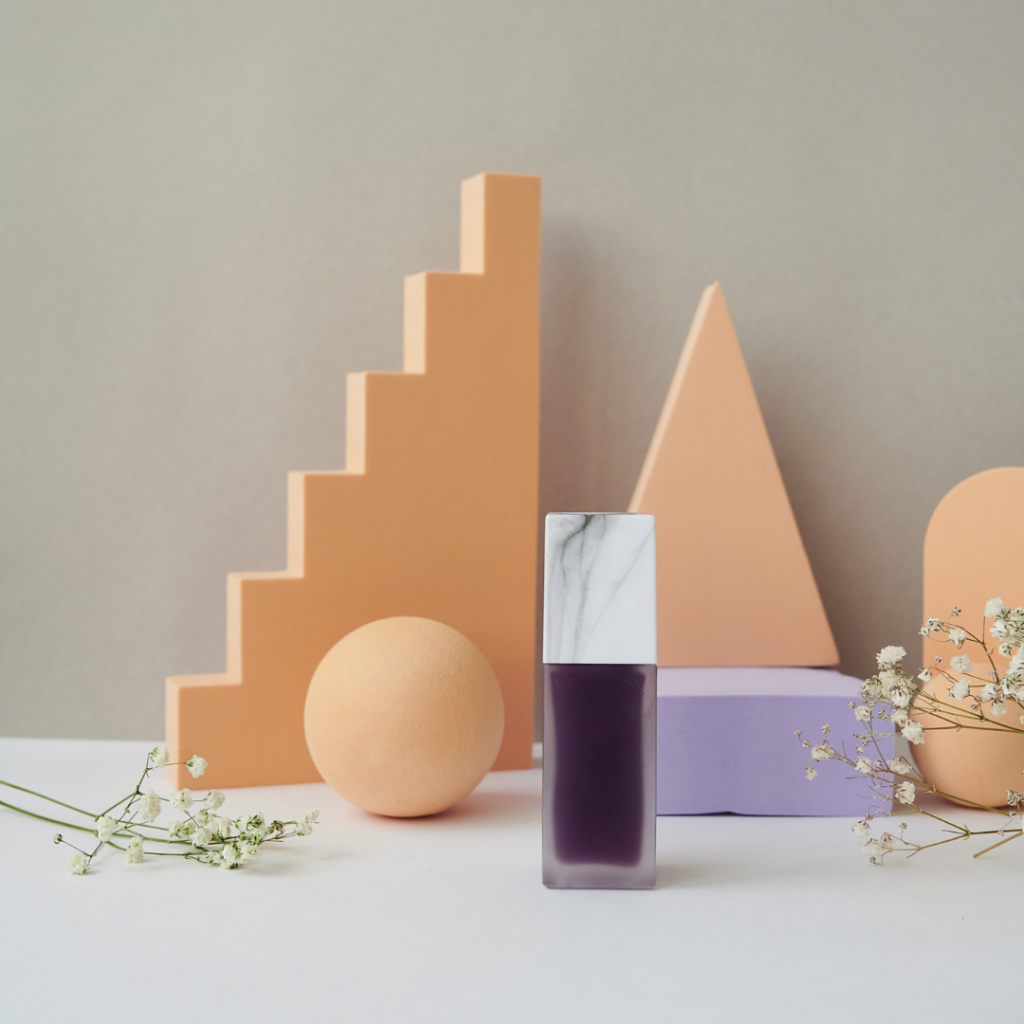Just like olfactory trends, the perfume case has never stopped evolving over the decades. Since the Roaring Twenties, marked by Lalique or Baccarat, designers have imbued their era with their creativity. A talent that is still reinvented today, in the midst of an ecological emergency.
It is at the beginning of the twentieth century that the bottle of perfume takes its letters of nobility, thanks to the glassmaker René Lalique. He designed for Coty, Molinard, and Houbigant, bottles which marry the Art Nouveau, then very fashionable. The Guerlain house turned to Baccarat to dress its creations in sumptuous cases.

An art that was renewed in the post-war period, with artists such as Pierre Dinand. In more than sixty years of creation, he designed 700 bottle concepts, including those of Dior’s L’Eau Sauvage, Paco Rabanne’s Calandre, and Yves Saint-Laurent’s Opium. Since 2015, his grandson, Jules, has been working alongside him, enriching the family’s know-how with 3D modeling. Together, they design the bottles of confidential brands, such as Maison Rebatchi or Eaux Primordiales.
If niche perfumery innovates on the olfactory level, it also shakes up the conventions of design. By favoring refined bottles, as Gabrielle Chanel did a century earlier, to strip the bottle of all ornament in order to sublimate the essential, the perfume. The bottles of the Matière Première brand are inspired, for example, by the ingredient flasks used by perfumers, whose molds were custom-made by the glassmaker Waltersperger.

For over 20 years, Centdegrés has surrounded itself with the best experts to design original bottles. Like the superb bottle of La Panthère de Cartier (2014), born of a partnership with the Pochet group, whose innovative know-how made it possible to sculpt the interior of the bottle. Paco Rabanne is creating the event with the Pacollection in 2019, a range of six fragrances dressed in a patented flexible bottle.
Finally, ecological issues are leading designers to favor the use of recycled glass, unscrewable pumps, and refillable bottles. Chanel has turned to Sulapac for the packaging of its Eaux, with very light glass and caps woven from plant materials. The brand has also launched a limited edition of N°5 in recycled glass, thanks to the know-how of the Pochet group.

Other innovations are expected to follow, judging by the 2022 edition of the Luxpack trade show, where more than 450 exhibitors are committed to eco-design and sustainability.
Sophie Normand
